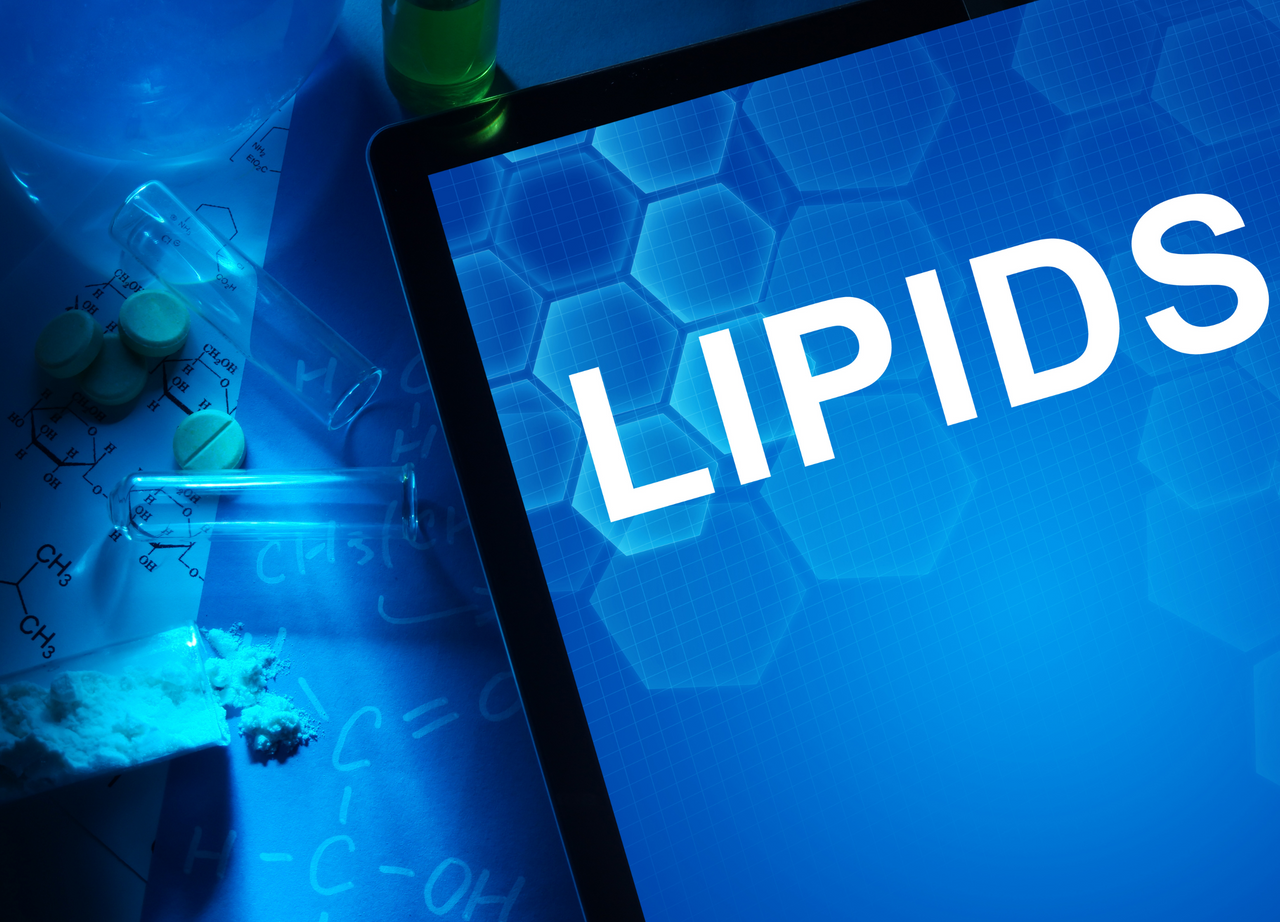We Researched So You Don’t Have To: Stem Cells In Beauty Treatments
From high-power laser treatments and salmon sperm DNA therapies to futuristic-looking at-home devices, the anti-aging niche of the fitness and wellness industry is constantly evolving. New treatments and procedures are being presented to us daily. And, just to be clear, we don’t mind one bit. Just keep them coming.
One of the latest trends to emerge in the beauty industry is stem-cell therapy. Selling on the internet and at department stores, these products promise to plump lips, smooth skin, and reverse visible signs of aging. We even found one company offering to create a regenerative firming serum, moisturizer, and eye cream from customers' own stem cells – for a staggering $1200!
Dermatologists have pivoted to stem cells to fight wrinkles and improve skin overall appearance. Stem cells, the same ones used in innovative medical research to treat Alzheimer’s and certain types of cancer, are now being sold over the counter in the form of creams, serums, and other skin care products. But, there’s one significant difference here: These stem cells are usually derived from plants. The question is: are they any good? Will applying stem cells to our skin make it age slower, and look fresher? Let’s explore that.

What Are Stem Cells And How They Work
The term ‘stem cells’ refers to a pretty wide category of cells that participate in tissue generation, regeneration, and renewal.
Human stem cells are unique because of their ability to multiply. In certain organs, they can become specialized to repair and replace damaged tissues. So, in short, stem cells are rapidly dividing cells in the body that have the ability to produce more stem cells or become other types of cells with more specialized function.
Human stem cells are divided into three categories: embryonic, which are the initial stem cells after birth that control the development into a human baby; adult mesenchymal stem cells, which exist in our bodies and are responsible for the repair of structural tissues; and tissue-specific stem cells, which only repair and rejuvenate specific tissues.
But, Do We Really Get Human Stem Cells In Stem Cell Skincare Products?
But, it’s not actually living stem cells that you’re seeing in your face cream. Most cell skin care products contain plant stem cells or stem cell extracts. That’s not necessarily a bad thing, though. These extracts are usually rich in antioxidants and may renew and repair the skin. The extracts can benefit the skin, but no part of this type of product will ever become a new skin cell. Plant cells cannot become human cells.
The reason why scientists prefer to use plant stem cells is that you don’t have to worry about transmitting human and animal diseases. We are seeing plant-based stem cells in skin care products these days because they repair the skin on a cellular level. Both plant and human stem cells contain proteins and amino acids. These signal the body’s cells to rejuvenate and may result in bouncier skin.
How Are Stem Cells Cultivated
Plant stem cells are usually made in labs where they’re held in controlled conditions without interference from pesticides, pollution, or other environmental concerns. This ensures the purity of extracted stem cells. For this reason, also, they are a lot more sustainable than traditional methods. Ingredients derived from plants for use in skin care are often curbed by problems with availability. Because plant stem cells are cultured in labs, these issues are not really restrictions. Moreover, with researchers being able to regulate the quality of plant stem cells, it guarantees that customers will get the consistently good product
Human Skin Cell Extracts
There are products that list human skin cell extract in their ingredients. Notice how it's a “human stem cell-derived media” and not an actual human stem cell. So, what's the difference? Actual human stem cells can actually be grown outside of the body by stimulating human body conditions. Under controlled conditions, scientists harvest small secreted proteins that are retained in this conditioned medium. This “conditioned medium” contains all the important, renewing, and healing components originally drawn to the human stem cell, which can be integrated into a skincare formula.
So, the catch is that there are no actual human stem cells used in products in the U.S. In fact, actual human stem cells are not fit for topical skin care applications since they are fragile and easily destroyed. Instead, some brands will extract one human stem cell to grow hundreds more, which in turn generates the “helper” ingredients that plump your skin. The result? More youthful, bouncy skin.
So, no actual human stem cells are being used in topical skincare. Yet. But what about all those self-generating powers and benefits we mentioned earlier? Human stem cell extracts sound great, but what about the real deal—the genuine original? In fact, actual human stem cells can disrupt the skincare industry, but first, these three conditions have to be met: they’ll need to be from a human who is preferably the one seeking the treatment, alive, and they need to be delivered directly to the skin.
Scientific Proof Stem Cells Can Help Our Skin Look And Feel Better
There are plenty of studies on this, but we’ve decided to highlight one of them, so you’ll see what’s up. A team of Korean scientists in 2000. Conducted a study on the clinical effectiveness of cosmetics containing human stem cells. Twice a day, morning and evening, for 28 days, they applied 3 mL of the sample provided for each subject, on their entire face, using an airbrush. The subjects were divided into a control group, an experimental group 1, and an experimental group 2. Each group had 20 subjects. The results have shown that moisture content on the U-zone, melanin, and erythema of lid-cheek, overall size and depth of eye wrinkles, and skin roughness of the items showed significant differences among all three groups. The group that had the most of the tested sample serum applied, had the best results in all measured categories. In short, the thing works!
What Lies Ahead?
Studies on plant stem cells show a lot of promising results. As research marches into the future, the main goal will be in understanding how to integrate live plant stem cells into anti-aging products. Live stem cells will potentially deliver even more anti-aging benefits. There is also the issue of implementing a way to allow plant stem cells to enter as deeply as possible into the skin. Additional research is clearly required, but for now, plant stem cells show a lot of promise.





